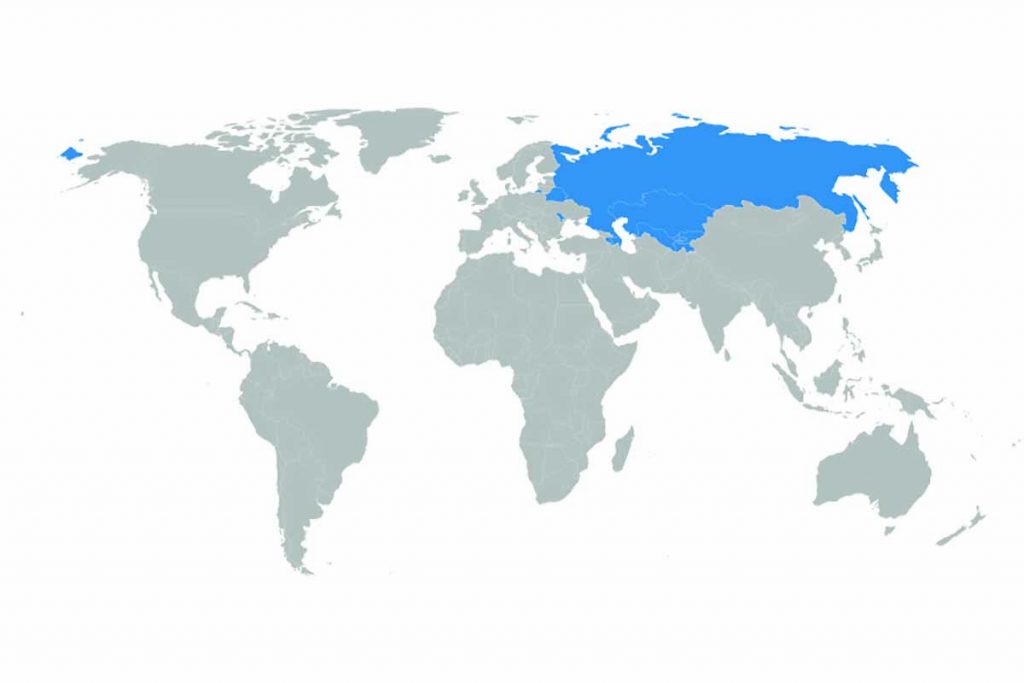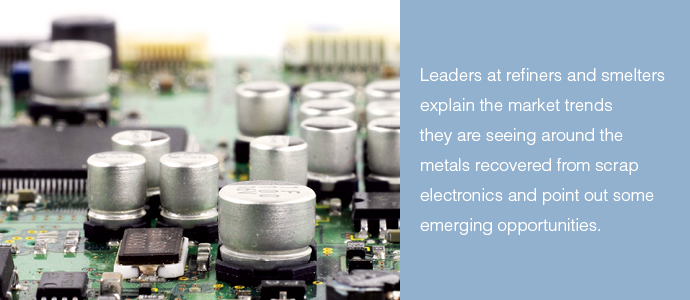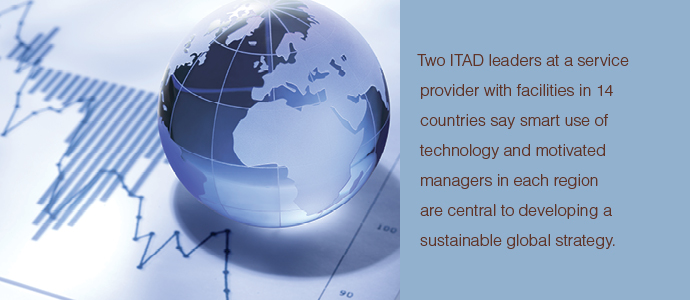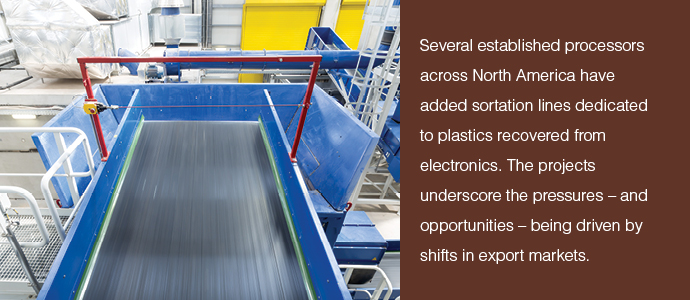
Researchers found electronic waste generation in the 12 former Soviet Union countries rose 50% between 2010 and 2019, with only a small percentage collected and safely managed. | Infinetsoft/Shutterstock
For the first time, United Nations researchers have studied e-scrap recycling in the former Soviet Union countries, and they found badly lagging recycling rates.








